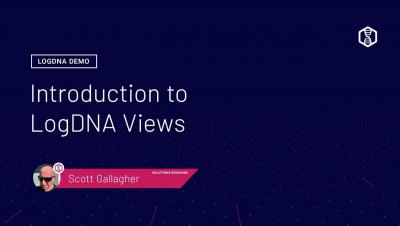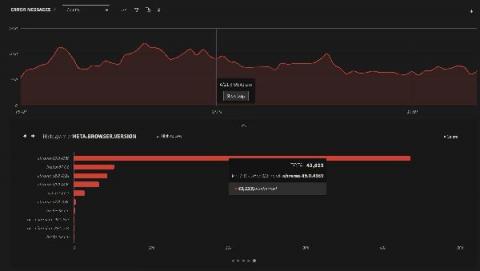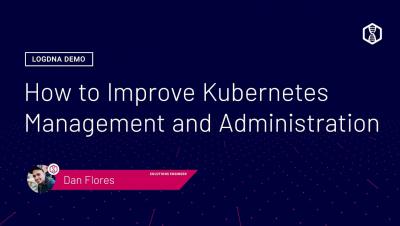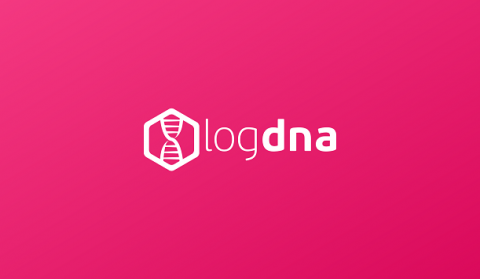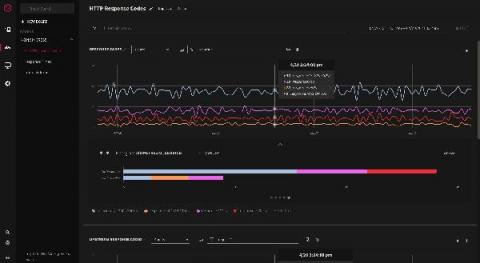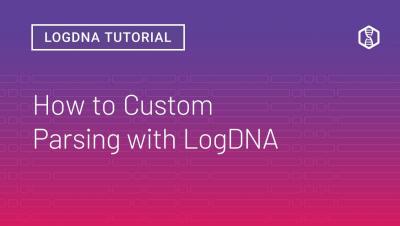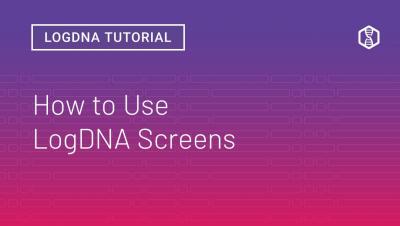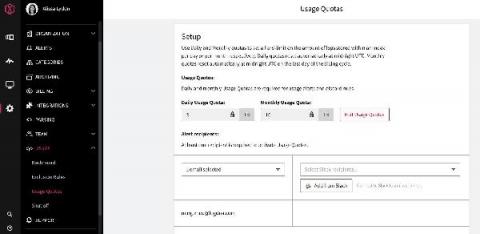Operations | Monitoring | ITSM | DevOps | Cloud
Mezmo
Introducing Browser Logger - Unlocking the Power of Frontend Logs
Modern web applications are more reliant on the frontend than ever before. While there are many benefits to this approach, one downside is that developers can lose visibility into issues when things go wrong. When the application experience is degraded, engineers are left waiting for users to report issues and share browser logs. Otherwise, they might be left in the dark and unaware that any issues exist in the first place.
How to Improve Kubernetes Management and Administration with LogDNA
Export API v2 - Streamline Large Log Data Exports
The LogDNA platform improves how teams use logs to help with debugging and troubleshooting. However, having fast access to actionable data isn’t the only value you can get from logs. There’s a lot of additional value in analyzing historical log data to understand long term trends. For example, customers can use log data as a way to represent audit events for user actions and benefit from visualizing them in a 3rd party software.
NGINX Ingress Controller Template
We set out with a plan this year to nurture and grow our developer ecosystem. In 2020, we launched our Template Library to empower joint users of LogDNA and our partners to have an out-of-the-box logging experience from every layer of their stack. As the use of these templates has grown, users have told us that they save them time from manually creating Views, Boards, and Screens, and helps them gain insight from their logs much quicker.
Tutorial | How to create LogDNA Alerts
Tutorial | How to Set Up LogDNA Ingestion Source
Tutorial | How to Custom Parsing with LogDNA
Tutorial | How to use LogDNA Screens
Control Your Logging Spend With Usage Quotas
We built LogDNA around the idea that developers are more productive when they have access to all of the logs they need, when they need them. However, we also know that log management can get expensive fast. And, for anyone who owns the budget for developer tools, logs can be an unpredictable line item as you try to determine your monthly, quarterly or even annual spend.


